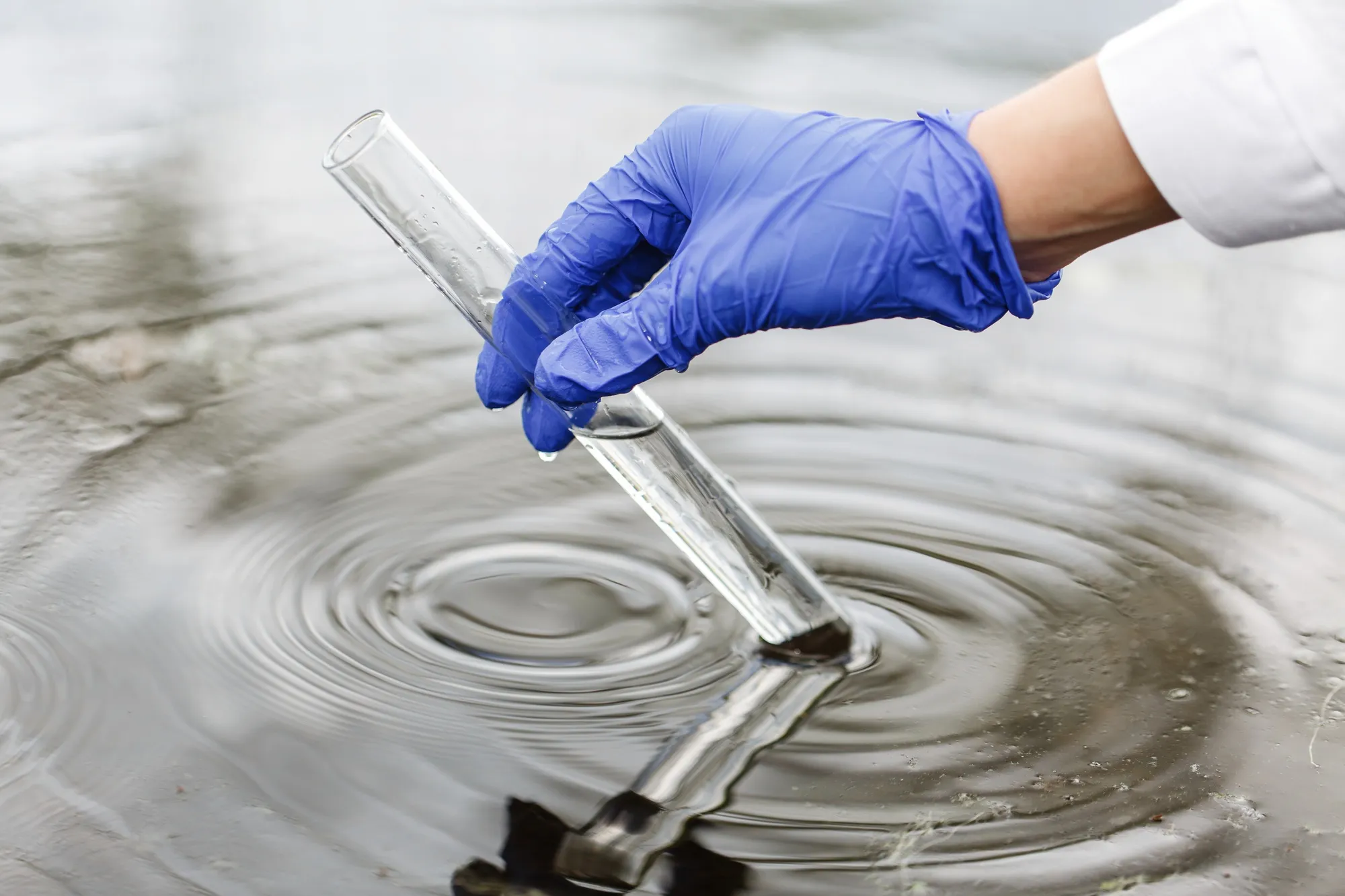Introduction
The aquaculture industry, a cornerstone of global seafood production, is continually evolving with innovations aimed at ensuring sustainability and environmental compatibility. Recirculating aquaculture systems (RAS) have been instrumental in this transformative journey, offering controlled conditions for aquatic organisms. However, these systems confront a fundamental challenge – the accumulation of dissolved organic matter or DOM. DOM encompasses a complex mixture of organic compounds, which can significantly impact water quality and, consequently, the health and growth of cultured organisms. Until recently, the characterization of DOM components has been insufficiently detailed, leading to an incomplete understanding of they transformation within RAS. In a groundbreaking study published in Analytica Chimica Acta, researchers have advanced the molecular characterization of DOM using ultra-performance liquid chromatography (UPLC) coupled with quadrupole time-of-flight mass spectrometry (QTOF-MS). Today, we delve into the specifics of this study, outlining the methodologies employed and the relevant breakthroughs achieved.
Methodology
The study, conducted by Patricia Aguilar-Alarcón and colleagues from the Norwegian University of Science and Technology, alongside the Catalan Institute for Water Research and the University of Girona, adopted two non-targeted data processing approaches. The team utilized the high-resolution capacity of UPLC-QTOF-MS to investigate the molecular composition of DOM in RAS, employing two software each with distinct algorithmic architecture: PetroOrg and Progenesis QI. The UPLC-QTOF-MS with these sophisticated software solutions successfully assigned numerous unique elemental compositions within DOM samples, illuminating the myriad of components, including those containing carbon, hydrogen, oxygen (CHO), and nitrogen (CHON). These methodologies present invaluable tools that extend the frontiers of DOM characterization in aquaculture.
Findings
The duo of data processing approaches demonstrated an affirmative consistency with high-resolution mass spectrometry techniques, underscoring their reliability. Notably, the PetroOrg approach yielded insights solely into the compositional spectrum of DOM. In contrast, the Progenesis QI elevated the analysis by not only identifying new elemental compositions but by expanding the chemical space of the DOM, offering intelligence on polarity and potential key structures. The study’s results indicated an abundance of unsaturated CHO compounds and zeroed in on the likely natural sources within the RAS environment. Moreover, it identified probable anthropogenic contributions to the DOM, such as sucrose fatty acid esters and polyethylene glycol derivatives. The application of these non-targeted approaches accelerates the comprehensive characterization of the complex DOM milieu in RAS, marking an unprecedented milestone in the precise elucidation of DOM constituents and their key structures.
Implications
The ramifications of this research are profound for the aquaculture industry. With heightened knowledge of the molecular dynamics of DOM within RAS, system managers and scientists can better track the biochemical changes and implement strategies to judiciously manage water quality. Besides, these methodologies have the potential to be expanded and adapted for the analysis of different DOM samples across varied systems and using several high-resolution mass spectrometry (HRMS) techniques.
DOI, References, and SEO Keywords
The DOI of the study is 10.1016/j.aca.2023.342128.
References
1. McKinney, W. (2010). Data Structures for Statistical Computing in Python. Proceedings of the 9th Python in Science Conference.
2. Smith, R. M., & Martell, A. E. (2003). NIST Critically Selected Stability Constants of Metal Complexes Database 8.0. NIST Standard Reference, Gaithersburg.
3. Hughey, C.A., et al. (2001). Using Advanced Mass Spectrometry Techniques to Fully Characterize Complex Mixtures of Dissolved Organic Matter. Marine Chemistry, 75(2-3), 5-14.
4. Zhao, Z., et al. (2017). Determination of Dissolved Organic Matter Properties by High-Resolution Mass Spectrometry: A Review. Talanta, 175, 318-327.
5. Reemtsma, T., & These, A. (2015). Identification of Organic Pollutants in Wastewater and Surface Waters by UPLC-QTOF-MS. Analytical and Bioanalytical Chemistry, 407(19), 5859-5872.
Keywords
1. Aquaculture Water Quality
2. Dissolved Organic Matter Characterization
3. Mass Spectrometry in Aquaculture
4. Ultra-Performance Liquid Chromatography
5. Time-of-Flight Mass Spectrometry
Conclusion
The study by Aguilar-Alarcón et al. has made significant headway in the intricate task of deconstructing the molecular composition of dissolved organic matter in recirculating aquaculture systems. The effective utilization of UPLC-QTOF-MS, coupled with the innovative data processing methods of PetroOrg and Progenesis QI, has established a new benchmark in the detailed analysis of DOM. This advancement propels the understanding of environmental factors affecting aquaculture and encourages the development of tailored approaches for improving water quality and, ultimately, the sustainability of aquaculture practices. As aquaculture continues to scale to meet global seafood demand, such scientific endeavors are essential to ensure its harmonious coexistence with the health of aquatic ecosystems.
